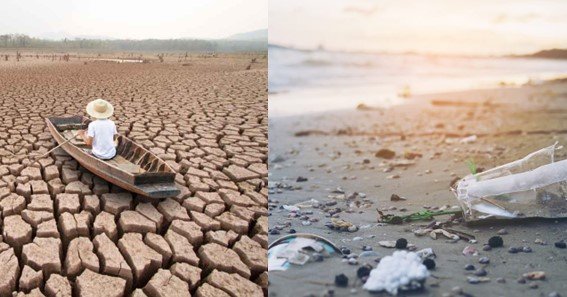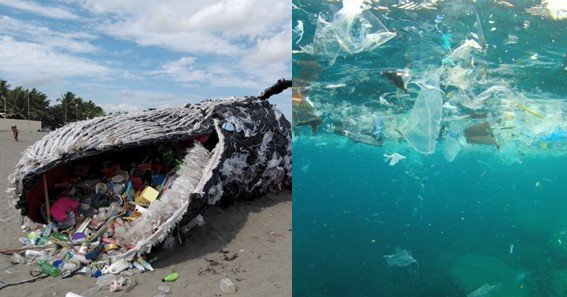Environmental pollution is the contamination of the natural environment by harmful substances, leading to adverse effects on ecosystems, human health, and the planet. Pollution can be classified into various categories based on the type of pollutants and the medium affected. Understanding these classifications is crucial for developing effective strategies to combat pollution and protect our environment.
Major Classifications of Environmental Pollution
- Air Pollution
- What It Is: Air pollution occurs when harmful gases, particulates, and biological molecules are released into the atmosphere. Common pollutants include carbon monoxide, sulfur dioxide, and nitrogen oxides.
- Impact: It leads to respiratory issues, and heart diseases, and contributes to global phenomena like climate change and acid rain.
- Water Pollution
- What It Is: Water pollution involves the contamination of water bodies such as rivers, lakes, oceans, and groundwater. Pollutants include chemicals, waste products, and pathogens.
- Impact: This type of pollution disrupts aquatic ecosystems, contaminates drinking water sources, and affects the health of marine life and humans.
- Soil Pollution
- What It Is: Soil pollution is the presence of toxic chemicals in the soil, often due to industrial activities, agricultural chemicals, and improper waste disposal.
- Impact: Contaminated soil reduces agricultural productivity, leads to loss of biodiversity, and can result in the bioaccumulation of toxic substances in the food chain.
- Noise Pollution
- What It Is: Noise pollution is the excessive and harmful noise in the environment, mainly from industrial activities, urban development, and transportation systems.
- Impact: Prolonged exposure to high levels of noise can cause hearing loss, and stress, and negatively affect wildlife behavior.
- Light Pollution
- What It Is: Light pollution is the excessive or misdirected artificial light in urban areas that disrupts natural darkness.
- Impact: It affects human circadian rhythms, interferes with astronomical observations, and disorients wildlife, particularly nocturnal animals.
- Radioactive Pollution
- What It Is: Radioactive pollution results from the release of radioactive substances into the environment due to nuclear activities, accidents, or improper disposal of radioactive waste.
- Impact: Radiation exposure can lead to severe health issues, including cancer, and genetic mutations, and can contaminate large areas for thousands of years.
Why Understanding Pollution Classification Matters
Understanding the classification of environmental pollution helps in identifying the sources, impacts, and appropriate mitigation strategies for each type. It also enables policymakers and environmentalists to tailor interventions that address specific pollution challenges effectively.

FAQ
- What is environmental pollution?
Environmental pollution refers to the contamination of the environment by harmful substances, resulting in adverse effects on ecosystems, human health, and natural resources. - What are the main types of environmental pollution?
The main types include air, water, soil, noise, light, and radioactive pollution. - How does air pollution affect human health?
Air pollution can cause respiratory problems, and cardiovascular diseases, and can worsen conditions like asthma and bronchitis. - What are the sources of water pollution?
Water pollution sources include industrial waste, agricultural runoff, sewage discharge, and plastic waste. - Why is noise pollution harmful?
Noise pollution can lead to hearing loss, increased stress levels, and disrupt the behavior and habitats of wildlife.










